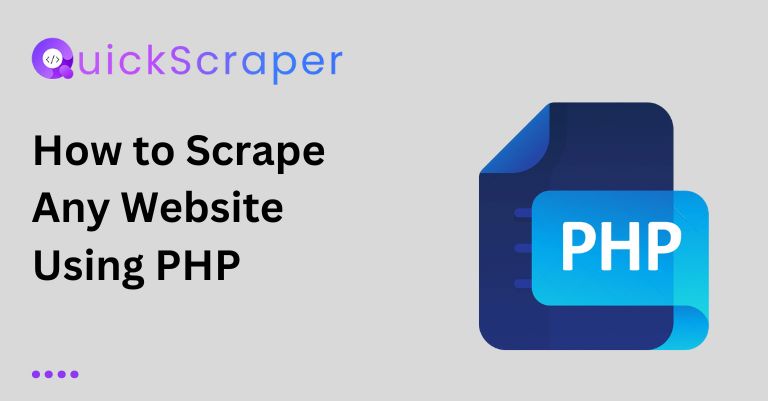The first step in building an email list through web scraping is selecting the right tools for the job. Here are some popular options:
Python: Python is a programming language that offers powerful libraries like Beautiful Soup and Scrapy for web scraping.
Web Scraping Tools: There are various web scraping tools and software available, such as Octoparse, Import.io, or ParseHub, which can simplify the process.
Web Scraping Services: If you’re not tech-savvy, you can hire web scraping services to do the job for you. Just provide them with your criteria, and they’ll deliver the data you need.
